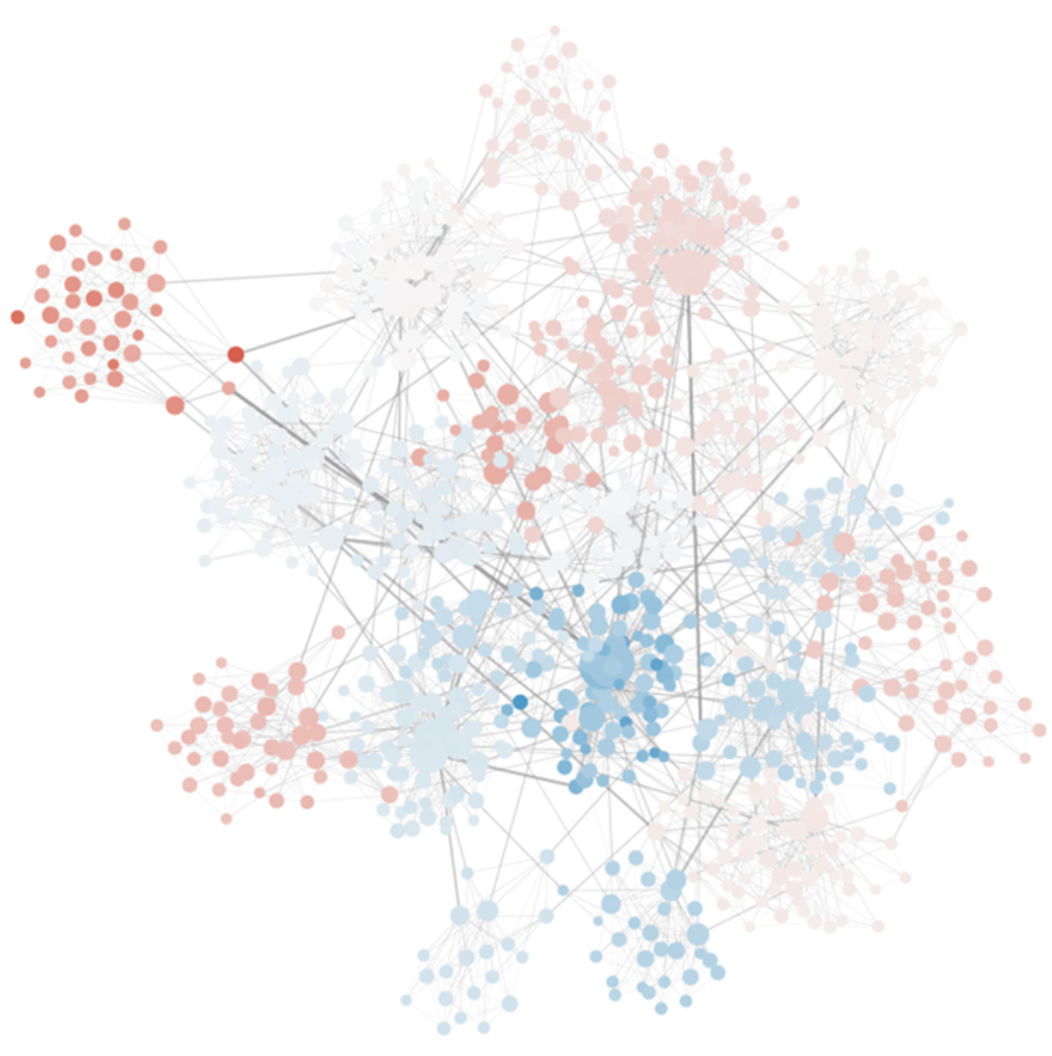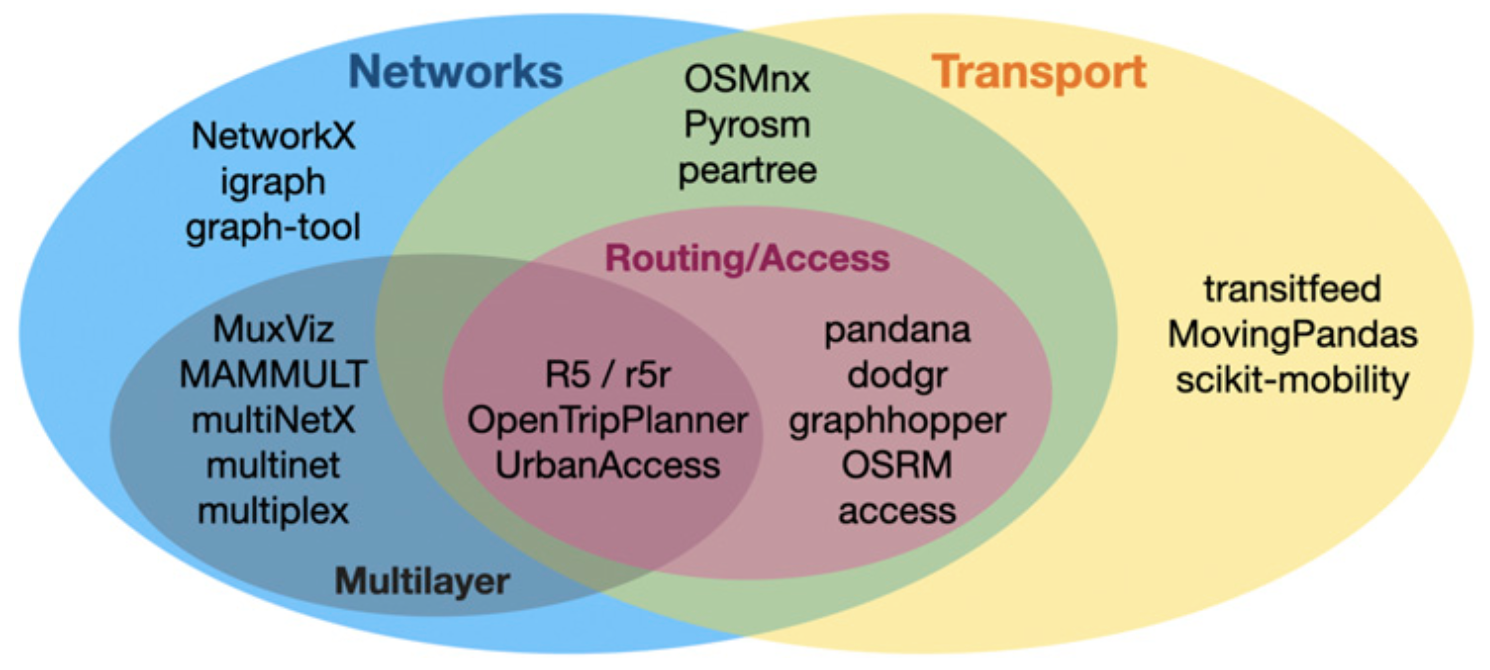We published two more papers over the last weeks!
-
- A potential mechanism for low tolerance feedback loops in social media flagging systems, by C.J. Westermann and M. Coscia, published in PLOS ONE
 In this paper we simulate a scenario in which users on one side of the polarity spectrum have different tolerance levels for the opinions of the other side. We create a model based on some assumptions about online news consumption, including echo chambers, selective exposure, and confirmation bias. When studying a model of social media flagging, we see that intolerance is attractive: news sources are nudged to move their polarity to the side of the intolerant users.
In this paper we simulate a scenario in which users on one side of the polarity spectrum have different tolerance levels for the opinions of the other side. We create a model based on some assumptions about online news consumption, including echo chambers, selective exposure, and confirmation bias. When studying a model of social media flagging, we see that intolerance is attractive: news sources are nudged to move their polarity to the side of the intolerant users.
See more info on Michele’s blogpost: https://www.michelecoscia.com/?p=2179 - Multimodal urban mobility and multilayer transport networks, by L. Alessandretti, L.G. Natera Orozco, M. Saberi, M. Szell, F. Battiston, published in Environment and Planning B

This is a comprehensive overview of the emerging research areas of multilayer transport networks and multimodal urban mobility, focusing on contributions from the interdisciplinary fields of complex systems, urban data science, and science of cities. First, we present an introduction to the mathematical framework of multilayer networks. We apply it to survey models of multimodal infrastructures, as well as measures used for quantifying multimodality, and related empirical findings. We review modelling approaches and observational evidence in multimodal mobility and public transport system dynamics, focusing on integrated real-world mobility patterns, where individuals navigate urban systems using different transport modes. We then provide a survey of freely available datasets on multimodal infrastructure and mobility, and a list of open source tools for their analyses. Finally, we conclude with an outlook on open research questions and promising directions for future research.
- A potential mechanism for low tolerance feedback loops in social media flagging systems, by C.J. Westermann and M. Coscia, published in PLOS ONE
